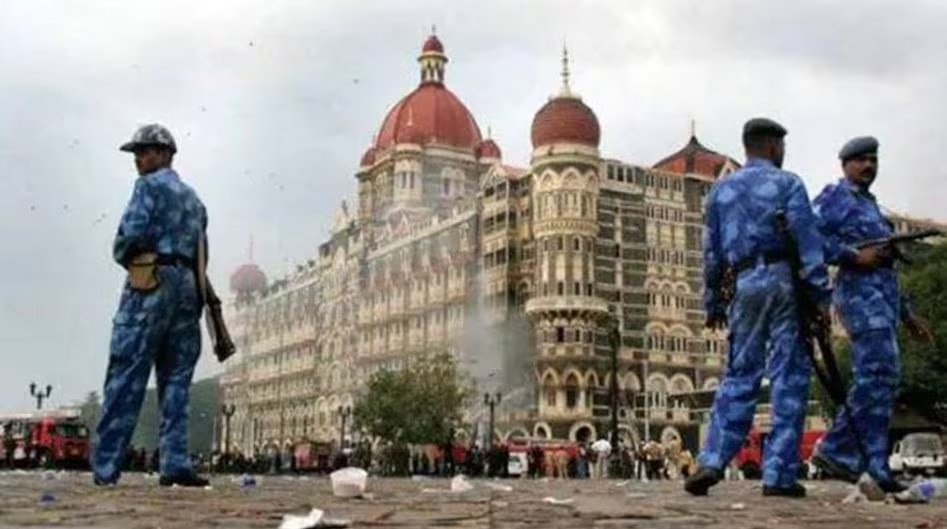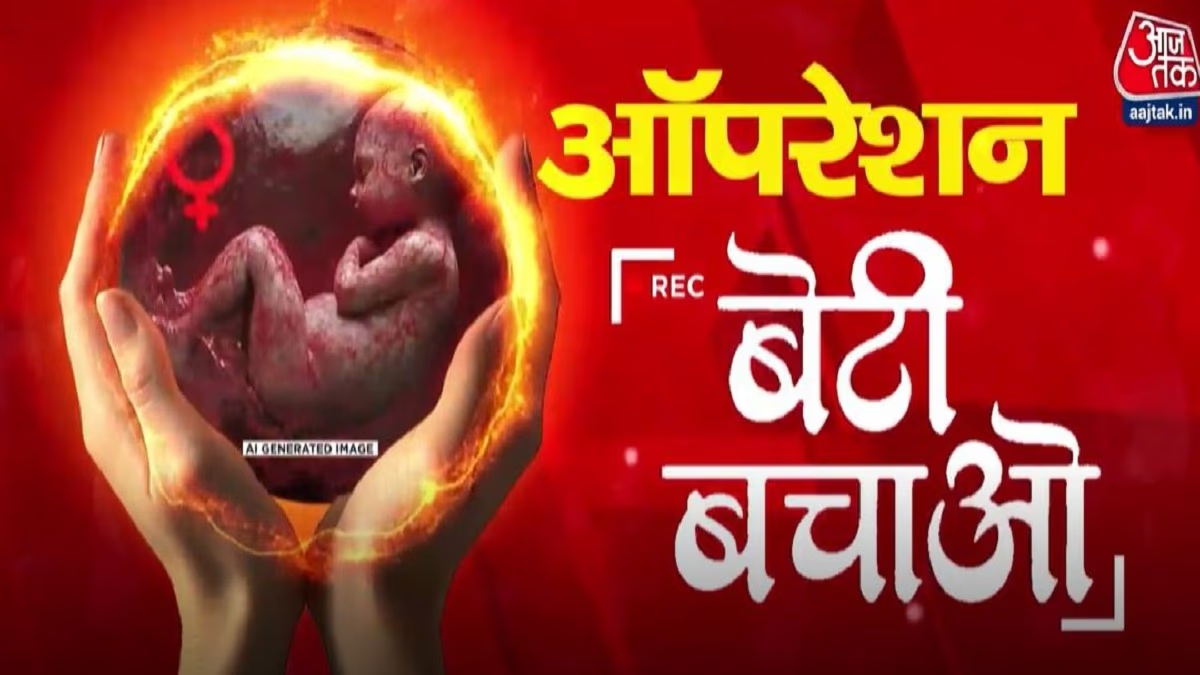In just a few hours, Tahawwur Rana, mastermind of the 26/11 Mumbai attacks, will be arriving in India. This notorious terrorist, who sent shockwaves of fear through India's financial capital, is being extradited from the United States. A joint task force of India's NIA and RAW intelligence agencies has departed on a special flight to escort Rana back home. Expected to land in Delhi by Thursday afternoon, this pivotal extradition marks a significant milestone achieved despite Rana's numerous attempts to remain in the US. His plea to the American Supreme Court, aiming to halt the process, was overturned on Monday.
Rana had filed a petition to avoid extradition, claiming his Parkinson's disease could lead to mistreatment if sent to India. However, his efforts were thwarted. Due to India's relentless diplomatic maneuvers, the 26/11 mastermind is now set to face justice for his crimes. Let’s see the five crucial steps taken by Modi’s government that facilitated this crucial extradition.
1- In 2011, India's NIA filed charges against Tahawwur Rana.
2- For the first time on December 4, 2019, India officially requested Rana's extradition through diplomatic channels.
3- On June 10, 2020, a request for Rana's provisional arrest was lodged.
4- By February 2021, India formally submitted an extradition request to the US Department of Justice.
5- Evidence was presented by India during the extradition hearing in the US federal court on June 22, 2021.
175 lives lost in the Mumbai terrorist attacks
The 26th of November, 2008, is a date that Mumbai and the entire nation will forever remember. The terror organization Lashkar-e-Taiba orchestrated a chilling assault on Mumbai with 10 terrorists, wreaking havoc from the Taj Hotel to the Trident Hotel, Nariman House, and even the CST Railway Station. Brave officers became martyrs, and after four days of terror, the attacks claimed 175 lives, including 9 attackers, and left over 300 people injured.

Source: aajtak
President Trump announces Rana's extradition
While terrorist Ajmal Kasab was executed, the plotter of the Mumbai attacks with Pakistani Origin terrorist Richard Coleman Headley, Tahawwur Rana, finally returns to India after 17 years. For the Modi government, President Trump's announcement on February 14th of handing over Rana was a noteworthy diplomatic triumph. His deportation process gained momentum swiftly post-announcement.
Rana's 14-year sentence based on Headley's testimony
In October 2009, the FBI arrested Tahawwur Rana at Chicago's O'Hare Airport. Based on Headley’s testimony, he received a 14-year prison sentence. Using his consultancy, Headley began scouting possible Lashkar-e-Taiba targets in India. From the Taj Hotel to CST Railway Station in Mumbai, his reconnaissance efforts were significant, leading to multiple revelations about Rana through his confession.
First charges against Rana filed in 2011
64-year-old Tahawwur Hussain Rana, a Canadian citizen of Pakistani origin, was keenly aware of Headley's collaboration with Lashkar-e-Taiba. By offering substantial aid, Rana supported the terror outfit and its operatives financially. His knowledge about Headley’s plans, associates, and potential targets was extensive, leading to NIA filing their first chargesheet against him in 2011.
UPA government showed inertia in Rana's extradition
During the UPA government's tenure, extradition efforts were lackluster. The government of the day bore the responsibility to extradite Rana and impose a capital sentence for his crimes against India. However, not a single diplomatic note was issued. Congress claims that attempts were in place since 2011, when NIA filed charges.

Source: aajtak
Revelations from Barack Obama's memoir
The truth, however, reflects a lack of determination. A pressing need existed for resolute actions after the terrorist brutally slaughtered 166 individuals, terrorizing the nation for days. Former President Barack Obama highlighted these inadequacies in his book, 'A Promised Land.'
Former Prime Minister Dr. Manmohan Singh's hesitations
Obama's book indicates former Prime Minister Dr. Manmohan Singh hesitated post-26/11 to act against Pakistan amid concerns that rising anti-Muslim sentiments could politically benefit the BJP. This internal conflict clouded crucial decisions when retribution was needed. Tahawwur Rana’s involvement was significant; without him, the 26/11 attacks might never have materialized.
Rana’s past in the Pakistani military
Once a doctor in the Pakistani military, Tahawwur Rana moved to Canada with his wife in 1997. He gained Canadian citizenship in 2001, barely maintaining contact with Headley. It's lesser-known that head honcho Hafiz Saeed, when plotting attacks on India, targeted Headley for the task. Headley, born Daood Gilani, adopted a new identity to deflect suspicion.
Hafiz Saeed masterminds attacks on Mumbai
Saeed believed an American alias for Gillani, turning into David Coleman Headley, would successfully plan and execute the terrorist operation without raising alarm. Headley's selection by Lashkar-e-Taiba in 2005 marked the start of his training for the Mumbai operation. David Headley's reconnaissance in India was risky, alerting security agencies to possible threats. Consequently, he contacted Tahawwur Rana for assistance.
Rana's involvement in Headley’s reconnaissance operations
In 2006, a crucial meeting with Rana led to shared radical plans. Headley suggested Rana open a Mumbai-based office for his firm, utilizing Headley as his agent, allowing seamless scouting operations. This scheme invoked no suspicion due to its façade of legitimacy. Thus, Tahawwur Rana played a pivotal role in facilitating Headley's reconnaissance of Mumbai, culminating in the terrible attacks.




